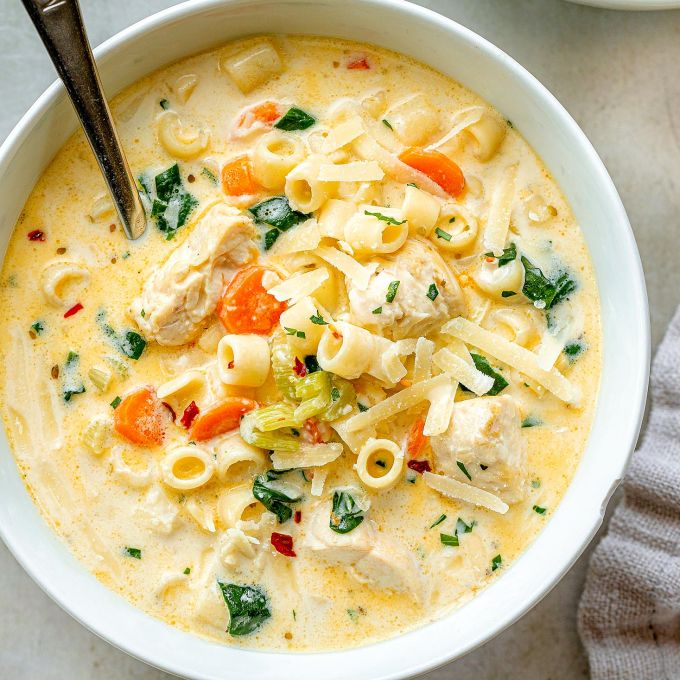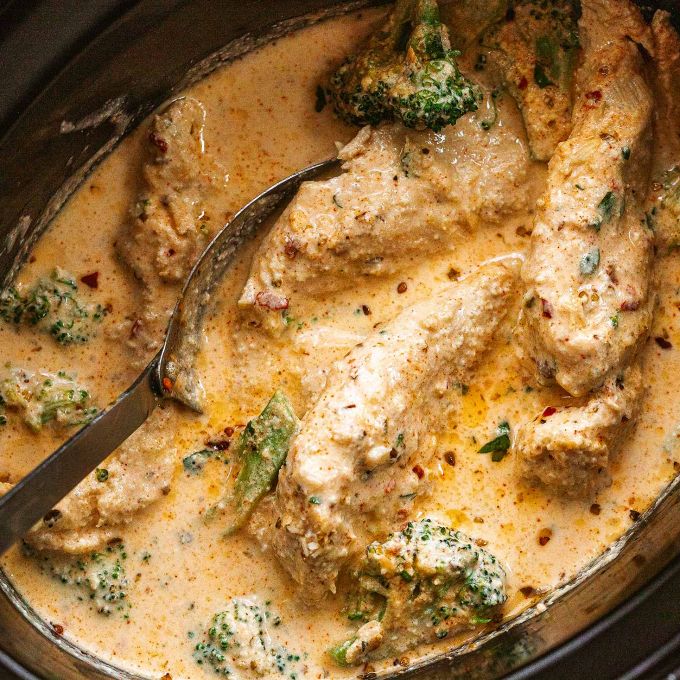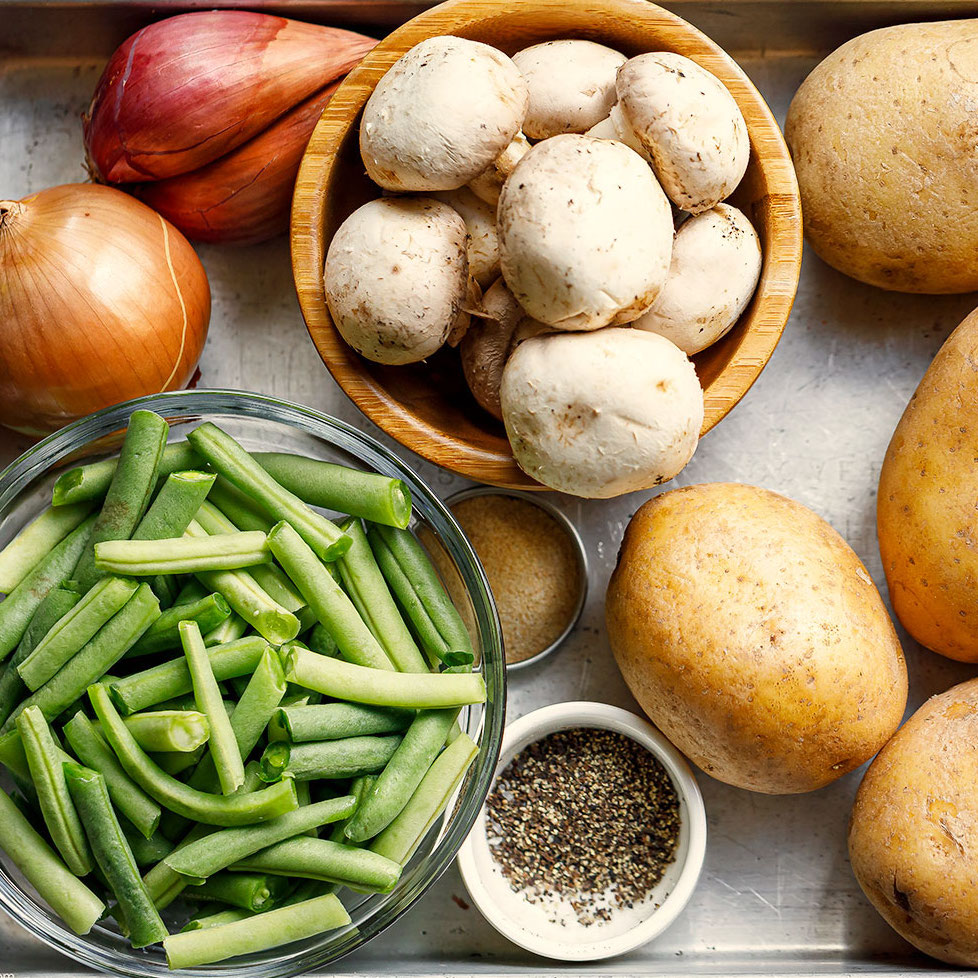When food sticks to the cooking utensil, it eventually burn and become unfit for consumption. That’s an annoying hard fact all stoves user have noticed that when a pan has “hooked” once, it hang food almost every time thereafter. These incidents can be avoided by taking some basic precautions before choosing the right stove to buy and start cooking.
Generally, food sticks on the cheap enamel stoves. But these stoves are not the only ones affected by this problem. Several possible reasons for these incidents.
The reasons why the food attached to the pan
Usually, the cooks take care to oil the pan before placing it on the fire. But they note that sometimes the food still burn and continue to focus on the same area of the pan over the following preparations. This happens for several reasons, including:
- Too much fat during cooking,
- The use of a quantanium stove,
- the use of a stove that has lost its non-stick coating.
Quantanium stoves have some drawbacks. In this type of stove, frying potatoes is difficult and food almost always stick to the bottom, making it difficult to clean the pan. Finally, whether ceramic or teflon pan that loses its non-stick ends up retaining the food on their bottom.
Other reasons may also explain these incidents. Food can burn just because it was forgotten on the fire or because the cook did not sufficiently stirred during cooking. In fact, there is less risk of food sticking when one closely monitors and stir when cooking.
How to prevent food from sticking to the pan?
To prevent food from sticking to the pan, choose the right pan and cook the right way. Apart from these usual precautions, we must choose the right materials that are good for cooking.
Precautions to prevent food from sticking to the pan
Among the precautions to prevent food from adhering to the pan, there are those calling for:
- Cooking or frying over low heat,
- Scrub the pan with coarse salt,
- Never use a metalic sponge or brush for washing a pan or stove. If necessary, let some water with a drop of soap in the pan during half an hour before washing with an organic sponge.
- Clean the pan in hot water with washing-up brush at the end of cooking,
- Boil water and vinegar in the non-stick pans,
- Always brush the pan with oil before using.
- Most of the lead pans heat well. There is no need to light a strong fire under the pan, otherwise the food will stick easily to the bottom. This precaution applies even for stoves with a non-stick coating.
Stoves to avoid
It is difficult to cook a food in some stoves. Whenever possible, avoid using aluminum pans, which are a good heat conductor. Even with a non-stick coating, they stick easily because of the poor quality. In addition, they last fewer than stoves manufactured in other materials. 18/10 stainless steel pans are very hygienic and retain the natural flavor of food. However, the quality of the material facilitates the adhesion of foods such as meat or fish.
Looking for an alternative?
Teflon pans are recommended by many culinary experts. Meals stick rarely on this type of container. However, the use of Teflon pan is not unanimous as some specialists believe that the substances used in its manufacture are carcinogenic. The best way might be using teflon pan and stove as long as their coating is intact, and replace them out as soon as the coating gets scraped.

 New: Meal Planner
Plan your weekly meals instantly from anywhere on the web
Try the Meal Planner!
New: Meal Planner
Plan your weekly meals instantly from anywhere on the web
Try the Meal Planner!






